NEFERTITI
Nefertiti was a queen of the Eighteenth Dynasty of Ancient Egypt, the Great Royal Wife of Pharaoh Akhenaten. Nefertiti and her husband were known for a religious revolution, in which they worshipped one god only, Aten, or the sun disc. With her husband, she reigned at what was arguably the wealthiest period of Ancient Egyptian history. Some scholars believe that Nefertiti ruled briefly as Neferneferuaten after her husband’s death and before the ascension of Tutankhamun, although this identification is a matter of ongoing debate. If Nefertiti did rule as Pharaoh, her reign was marked by the fall of Amarna and the relocation of the capital back to the traditional city of Thebes. Nefertiti’s name can be translated as “The Beautiful Woman has Come”.
Nefertiti’s background
Nefertiti’s parentage is not known with certainty, but one often cited theory is that she was the daughter of Ay, later to be pharaoh. One major problem of this theory is that neither Ay nor his wife Tey is explicitly called the father and mother of Nefertiti in existing sources. In fact, Tey’s only connection with her was that she was the “nurse of the great queen” Nefertiti, an unlikely title for a queen’s mother. At the same time, no sources exist that directly contradict Ay’s fatherhood which is considered likely due to the great influence he wielded during Nefertiti’s life and after her death. To solve this problem, it has been proposed that Ay had another wife before Tey, named Luy, whose existence and connection to Ay is suggested by some evidence. According to this theory, Nefertiti was the daughter of Ay and Luy, but her mother died before her rise to the position of queen, whereas Ay married Tey, making her Nefertiti’s step-mother. Nevertheless, this entire proposal is based on speculation and conjecture.
It has also been proposed that Nefertiti was Akhenaten’s full sister, though this is contradicted by her titles which do not include those usually used by the daughters of a Pharaoh. Another theory about her parentage that gained some support identified Nefertiti with the Mitanni princess Tadukhipa, partially based on Nefertiti’s name which has been interpreted by some scholars as signifying a foreign origin. However, Tadukhipa was already married to Akhenaten’s father and there is no evidence for any reason why this woman would need to alter her name in a proposed marriage to Akhenaten, nor any hard evidence of a foreign non-Egyptian background for Nefertiti.
Nefertiti first appears in scenes in Thebes. In the damaged tomb of the royal butler Parennefer, the new king Amenhotep IV is accompanied by a royal woman, and this lady is thought to be an early depiction of Nefertiti. The king and queen are shown worshiping the Aten. In the tomb of the vizier Ramose, Nefertiti is shown standing behind Amenhotep IV in the Window of Appearance during the reward ceremony for the vizier.
Nefertiti’s legacy
During the early years in Thebes, Akhenaten (still known as Amenhotep IV) had several temples erected at Karnak. One of the structures, the Mansion of the Benben, was dedicated to Nefertiti. She is depicted with one of her daughters Meritaten and in some scenes, the princess Meketaten participates as well. In scenes found on the talatat, Nefertiti appears almost twice as often as her husband. She is shown appearing behind her husband the Pharaoh in offering scenes in the role of the queen supporting her husband, but she is also depicted in scenes that would have normally been the prerogative of the king. She is shown smiting the enemy, and captive enemies decorate her throne.
In his fifth year, Amenhotep IV officially changed his name to Akhenaten, and Nefertiti was henceforth known as Neferneferuaten. The name change was a sign of the ever-increasing importance of the cult of the Aten. It changed Egypt’s religion from a polytheistic religion to a religion that may have been better described as henotheism.
Nefertiti and her family had resided in the Great Royal Palace in the center of the city and possibly at the Northern Palace as well. Nefertiti and the rest of the royal family feature prominently in the scenes at the palaces and in the tombs of the nobles. Nefertiti’s steward during this time was an official named Meryre II. He would have been in charge of running her household.
Two representations of Nefertiti that were excavated appear to show Nefertiti in the middle to later part of Akhenaten’s reign. One is a small piece of limestone and is a preliminary sketch of
Meketaten may have died in year 13 or 14. Nefertiti, Akhenaten, and three princesses are shown mourning her. The last dated inscription naming her and Akhenaten comes from a building inscription in a limestone quarry. It dates to year 16 of the king’s reign and is also the last dated inscription naming the king.
Many scholars believe Nefertiti had a role elevated from that of Great Royal Wife and was promoted to co-regent by her husband Pharaoh Akhenaten before his death. She is depicted in many archaeological sites as equal in stature to a King, smiting Egypt’s enemies, riding a chariot, and worshipping the Aten in the manner of a Pharaoh. When Nefertiti’s name disappears from historical records, it is replaced by that of a co-regent named Neferneferuaten, who became a female Pharaoh. It seems likely that Nefertiti, in a similar fashion to the previous female Pharaoh Hatshepsut, assumed the kingship under the name Pharaoh Neferneferuaten after her husband’s death. It is also possible that in a similar fashion to Hatshepsut, Nefertiti disguised herself as a male and assumed the male alter-ego of Smenkhkare; in this instance, she could have elevated her daughter Meritaten to the role of Great Royal Wife.
If Nefertiti did rule Egypt as Pharaoh, it has been theorized that she would have attempted damage control and may have re-instated the Ancient Egyptian religion and the Amun priests and had Tutankhamun raised in with the traditional gods.
It is said that Nefertiti was alive in the second to last year of Akhenaten’s reign, and this demonstrates that Akhenaten still ruled alone, with his wife by his side. Therefore, the rule of the female Amarna pharaoh known as Neferneferuaten must be placed between the death of Akhenaten and the accession of Tutankhamun. This female pharaoh used the epithet ‘Effective for her husband’ in one of her cartouches, which means she was either Nefertiti or her daughter Meritaten.
The 18th dynasty was one of the largest and most prosperous dynasties of ancient Egypt. A female royal mummy could be any of a hundred royal wives or daughters from the 18th dynasty’s more than 200 years on the throne.



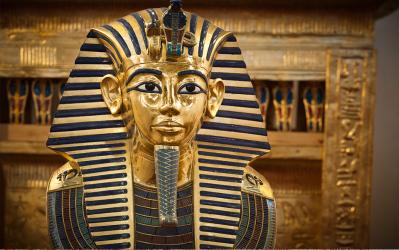
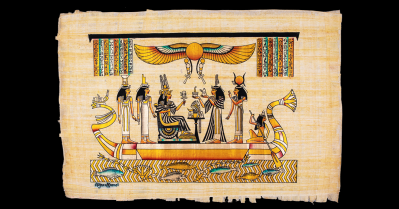
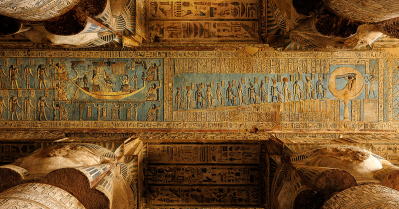
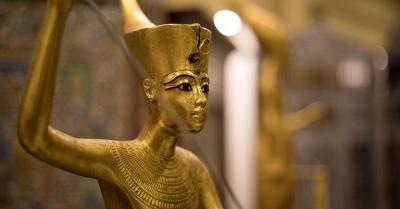
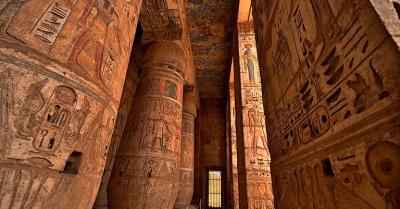
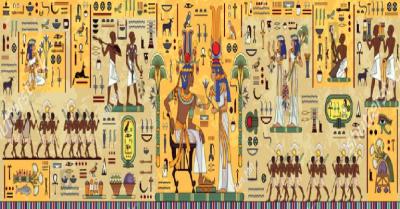
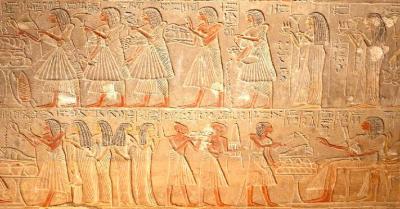
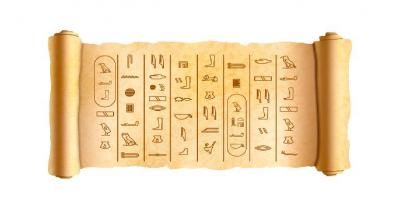

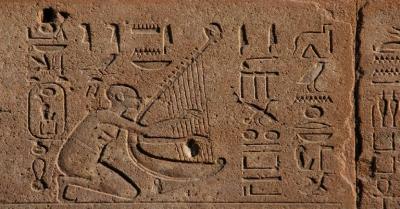

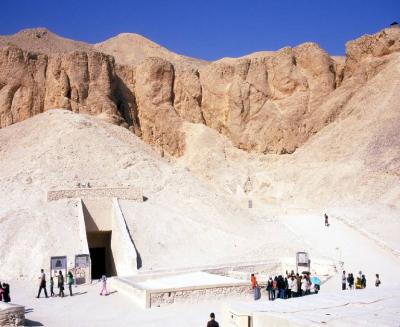
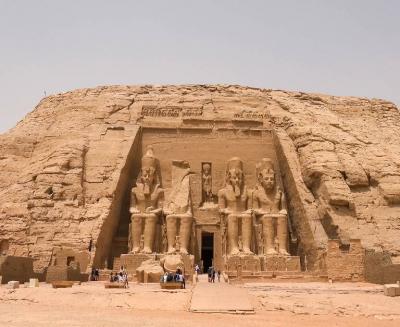
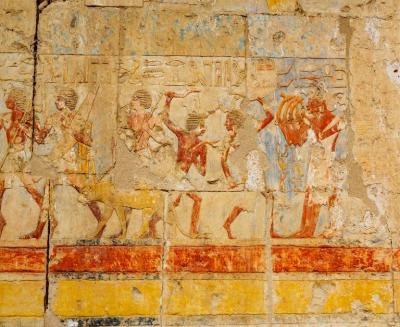
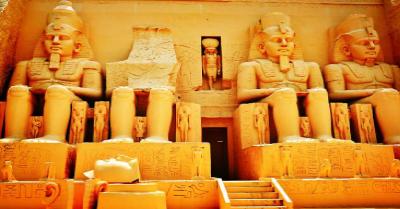
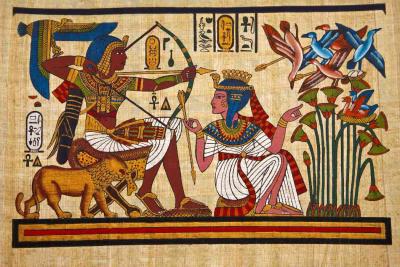


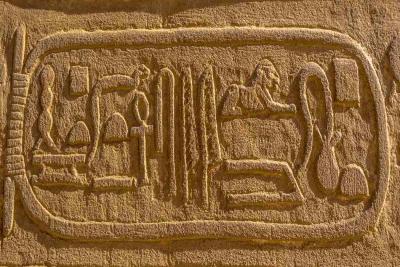

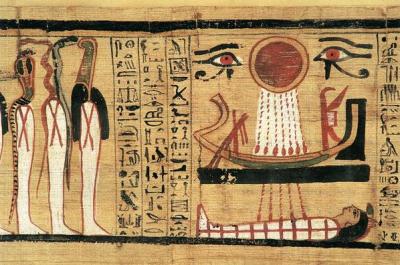
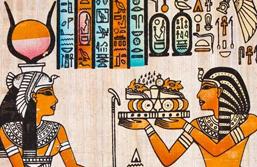



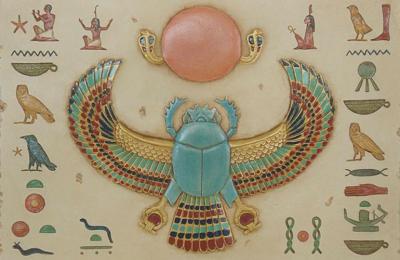
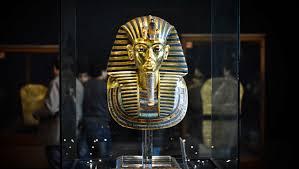
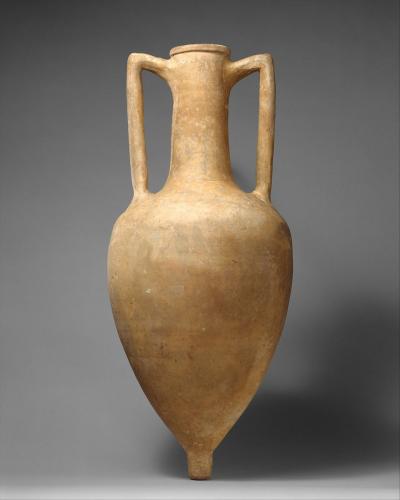
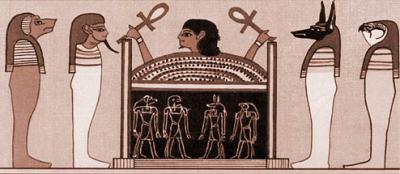


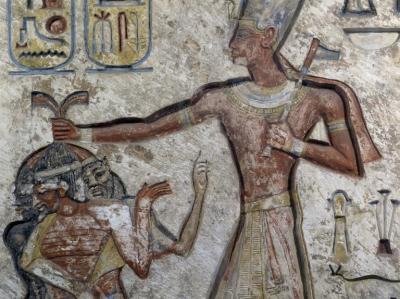
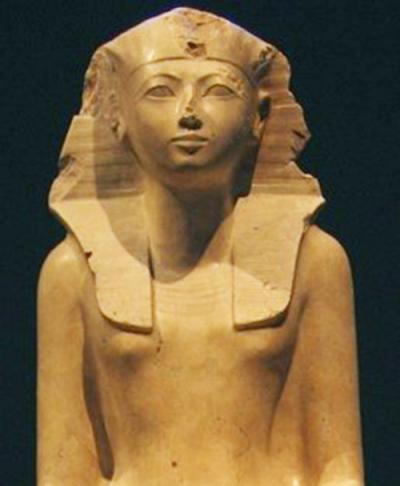





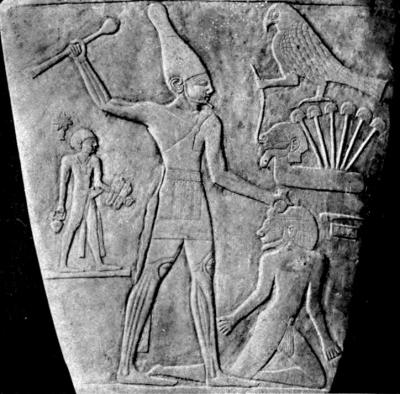








Comments